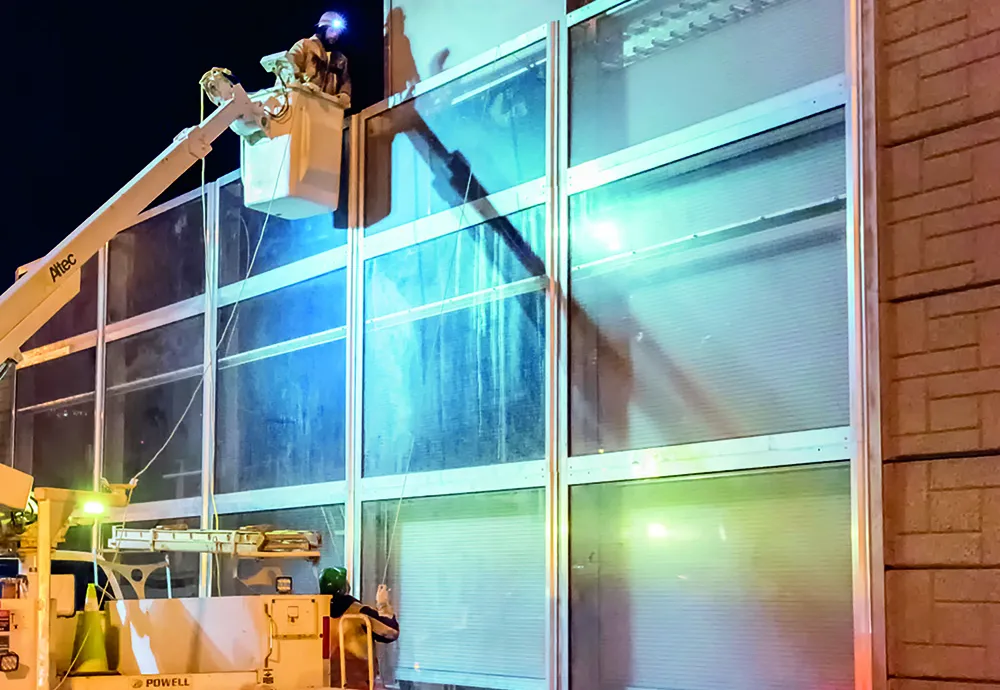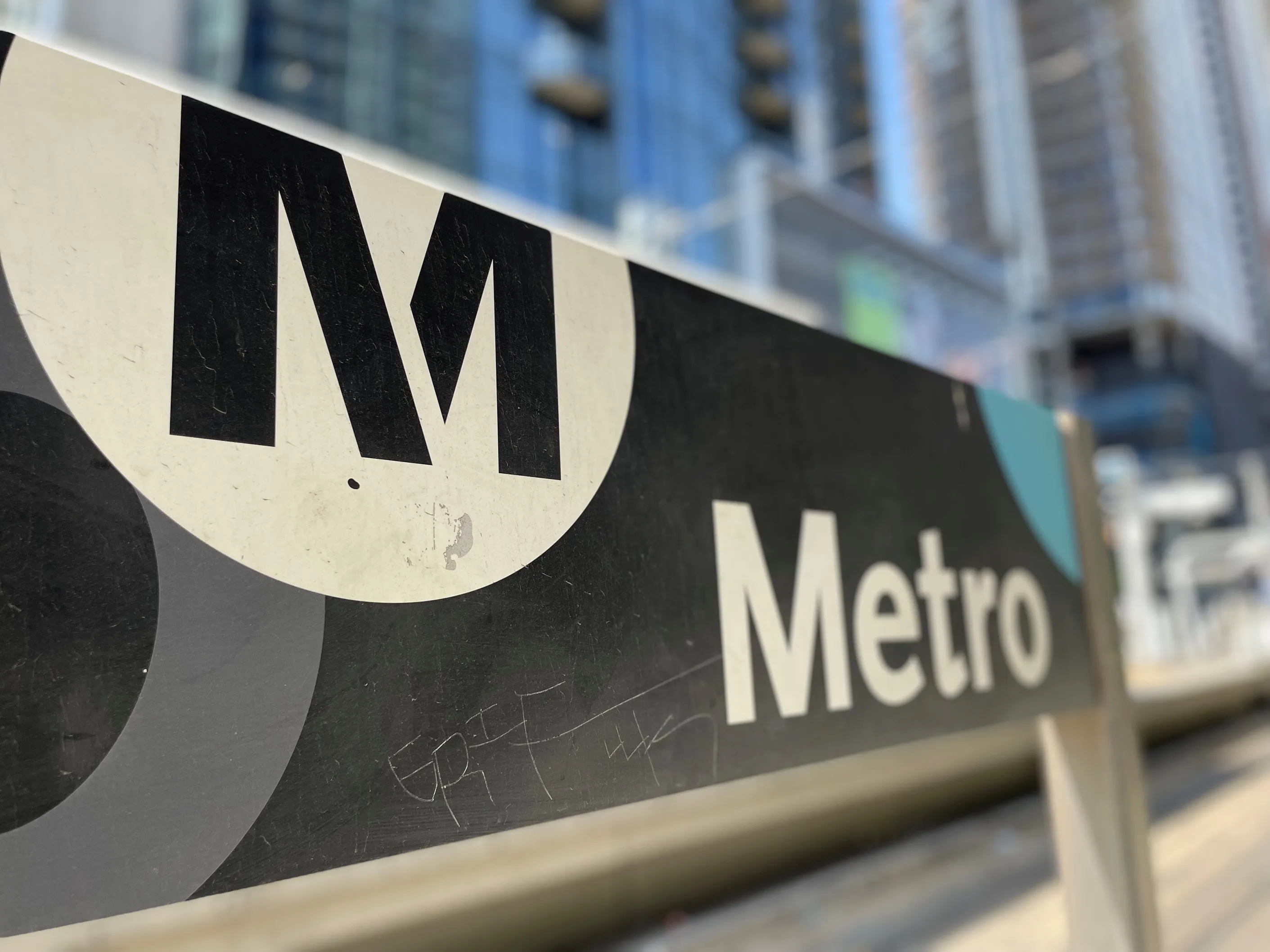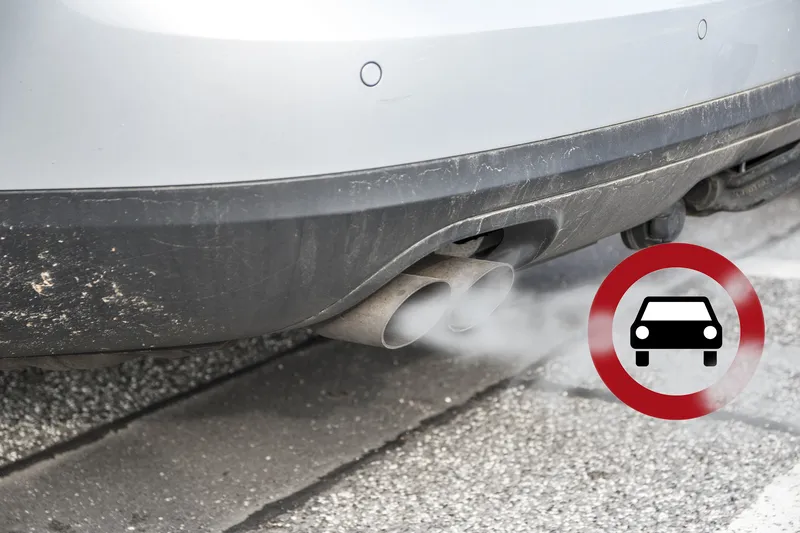
Residents living within 500m of highways suffer the greatest pollution but the effects often extend further afield. Especially on hot sunny days, nitrogen oxides (NOx) and volatile organic compounds (VOCs) undergo chemical reactions that create smog. The result can blanket an entire region in pollution.
Envision SQ – based in the Canadian province of Ontario - says it is taking aim at the issue with the development of its SmogStop Barrier. The system has an aerodynamic design and photocatalytic coating that breaks down NOx and VOCs, transforming them into harmless gases and water, explained Scott Shayko, chief executive of Envision SQ.
Several European jurisdictions have contemplated extra-tall barriers along highways to prevent emissions from reaching nearby residents, but this simply traps them along the roadway where drivers breathe them in. In contrast, SmogStop Barrier dramatically slashes pollution levels and disperses what remains, creating cleaner air for everyone, noted Shayko.
The aluminium-framed modular units are made from a double wall of 2cm-thick acrylic — a crash-proof material rated TL-4 that has been used in highway noise barriers for decades. Powered by sunshine, they require no energy and no moving parts. The aerodynamic design and angled baffle help direct emissions between the two walls, maximising contact with the SmogStop coating. These features also enhance vertical mixing of emissions with clean air, further reducing local pollution levels.
 Extensive experiments have proved the coating works and, unlike titanium dioxide, it doesn’t lose its effectiveness over time. Wind tunnel trials have revealed the barrier could cut emissions by 58% in downwind neighbourhoods.
Extensive experiments have proved the coating works and, unlike titanium dioxide, it doesn’t lose its effectiveness over time. Wind tunnel trials have revealed the barrier could cut emissions by 58% in downwind neighbourhoods.
In 2017, Envision SQ installed a 15m segment near the Canadian city of Toronto along Highway 401, North America’s busiest highway. Each day, more than 340,000 vehicles drive this 14-lane stretch of freeway. A Toronto public health study estimated that cutting traffic-related air pollution by 30% could result in 189 fewer deaths and US$672 million less in healthcare costs each year.
The pilot project on Highway 401 — conducted in partnership with the University of Guelph and the provincial Ontario Ministry of Transportation — measured NOx levels in the air entering and leaving the barrier for six months. Overall, SmogStop Barrier achieved an average reduction of 49%, according to the manufacturers. During peak daylight hours, that reached as high as 95%.
The barrier even functioned at night, being powered by illumination from the highway’s high-mast lighting. Shayko noted that the reduction numbers are conservative, since the tests ran during the autumn and winter when daylight hours are limited in number.
The field trial and weather-o-meter testing examined durability as well. “When you start throwing other things at it [the barrier], such as rain and silt and snow and high winds, you need to make sure the coating is going to remain on the surface of the acrylic,” says Shayko. Once again, SmogStop Barrier delivered.
The Highway 401 results are attracting international interest, he says. Envision SQ is preparing to install SmogStop Barrier in collaboration with Highways England and Gramm Barrier Systems, a highways company that has been designing, supplying and installing noise barriers in Europe for more than 20 years.
“We see huge potential to save lives,” says Steve Barnes, business development manager for Gramm Barrier. “SmogStop actively removes the traffic emissions, unlike other barriers that simply block them, so we’re helping drivers as well as residents behind the barriers. We’re also stopping smog formation.”










